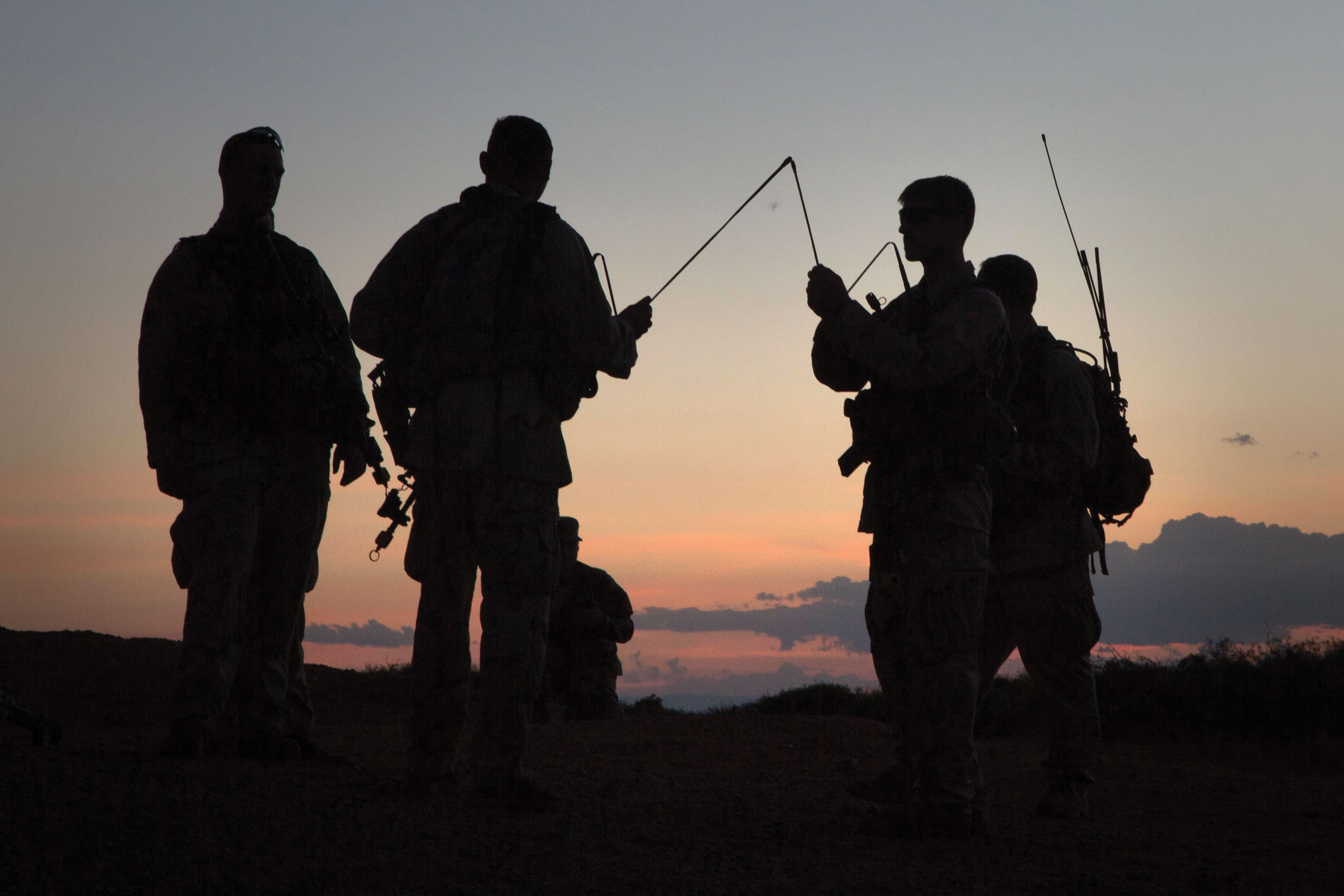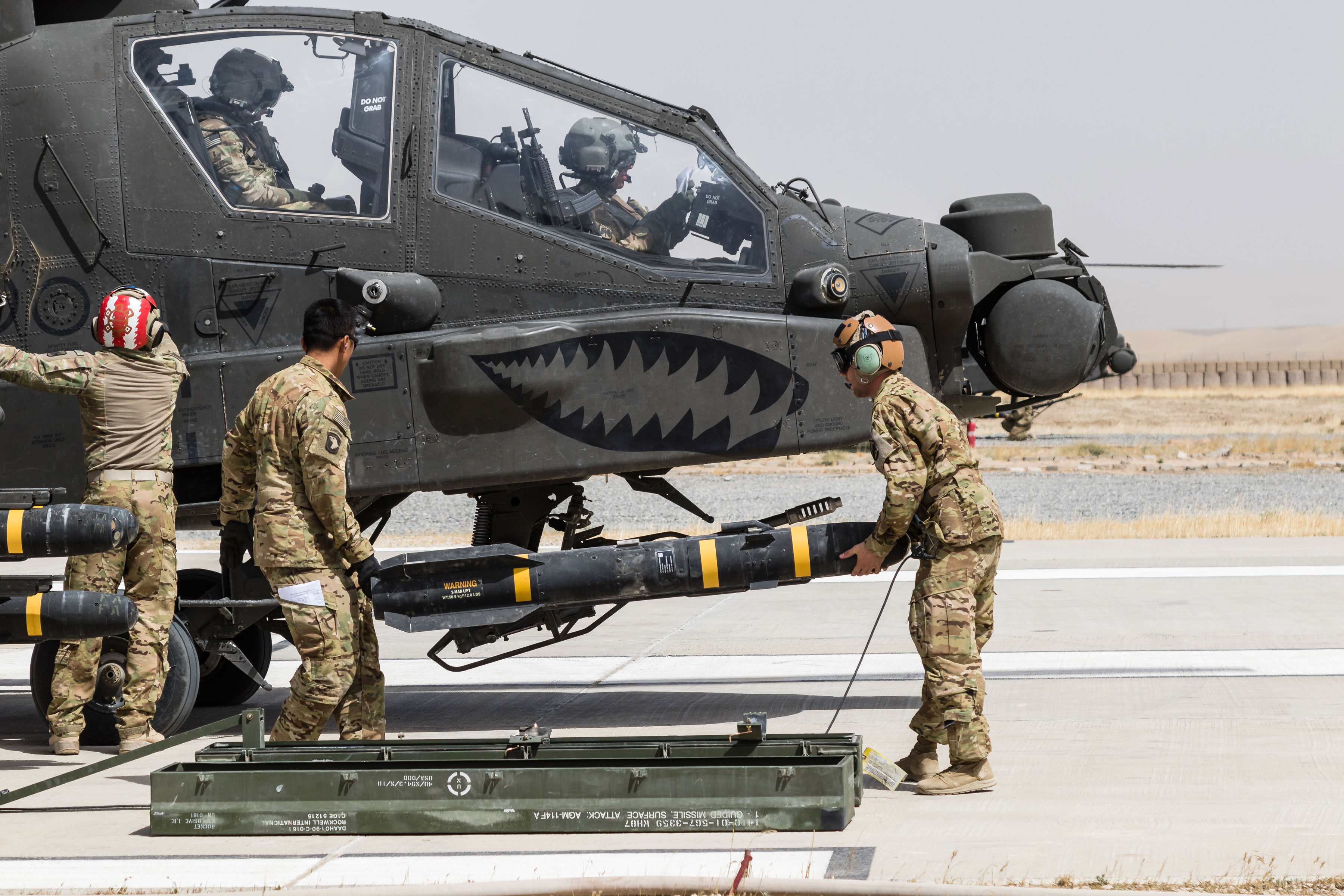
Nine objectives together guide the Army Acquisition Workforce to support Soldiers’ success on the battlefield by embracing efficiency, adaptability, knowledge, innovation and other key principles of professionalism

Steffanie B. Easter, Acting Assistant Secretary of the Army for Acquisition, Logistics and Technology (ASA(ALT)) and Army Acquisition Executive
For 242 years, the Army has been associated with some of the bravest men and women our nation has to offer. And for these men and women to continue doing what is asked of them, they need us to continue being a top-notch acquisition workforce. Our acquisition community is charged with a very important task: ensuring that Soldiers around the globe are always equipped with the best and most advanced tools available in the timeliest manner possible.
This is no small job, and to accomplish it, we must be an intelligent, organized, motivated and highly efficient workforce. To aid in this process, there are nine strategic objectives designed to help guide our thinking on a daily basis. These objectives help to keep us focused on acquisition excellence. Each one serves a purpose toward achieving the goal of providing our Army with critical capabilities both on schedule and within the predetermined budget constraints. With our professionals doing just this, our Army has a great chance to achieve its desired readiness levels.
Staying focused on meeting our strategic objectives helps to keep our organization on track for success by ensuring that we are doing what is in the best interest of the Army at all times. Here they are:
1. Identify process gaps and efficiencies throughout all phases of acquisition. This involves looking at how we do business on a daily basis and asking ourselves, “Is this the most efficient and effective way to perform a particular task?” This approach is necessary to give our leadership the ability to make the most informed decisions
2. Foster a fiscally responsible environment. It’s not enough for us to simply acquire the most advanced technologies and equipment for our Soldiers. We must do so with a commitment to staying within our fiscal boundaries and keeping costs down as much as possible. With today’s financial constraints, this aspect of our industry is increasingly under the microscope.
3. Maintain and leverage our relationships with both industry and government research and development. This gives our acquisition community more accurate information in regard to development and acquisition strategies, which is a necessity for properly equipping our Soldiers down the line with the absolute best and most effective equipment.
4. Maintain a well-trained and agile Army Acquisition Workforce. This has to do with all members of the acquisition team, not just military members. The development of civilian leadership is key to enhancing supervisory skills and creating a well-rounded professional who is capable of excelling within our industry.

ANTICIPATING THE ENEMY
Soldiers from 2nd Brigade, 101st Airborne Division (Air Assault) set up AN/PRC-155 (Manpack) radios at Fort Bliss, Texas, in July during Network Integration Evaluation (NIE) 17.2. NIE is an annual exercise that provides a test bed for emerging concepts and capabilities in an operationally realistic and rigorous environment. One of the nine strategic objectives for Army acquisition is to quickly identify, procure and field materiel solutions that will counter emerging threats and capabilities from adversaries. (U.S. Army photo by Spc. Jordan Buck, 55th Combat Camera)
5. Lead and conduct the Army’s activities associated with defense exports and cooperation. This objective will advance our national security policies and objectives. With our professionals making first contact with Army partners, stronger and lasting alliances are forged to the long-term benefit of our relationships.
6. Cultivate the knowledge and instincts in our workforce to identify what emerging technologies are best-suited to pursue in the interests of the Army. This objective goes back to being armed with the latest intelligence to ensure overmatch through all acquisition phases. It is critical, as our Soldiers cannot afford to wait on indecisiveness or poor procurement choices on our part.
7. Increase our organizational agility in requirements generation and modify the processes of acquisition, sustainment and contracting. Because of the constant and rapid changes experienced in conflicts, we as an acquisition community must do everything in our power to keep pace.
8. Quickly identify, procure and field materiel solutions so that we may prepare against emerging threats and capabilities from our adversaries. This is accomplished through rapid prototyping of initiatives so that our Soldiers can engage decisively in contested environments.
9. Establish a framework for monitoring, detection and risk mitigation framework to prevent unauthorized transfers of U.S. technology to those that would take advantage and use it against us.

Soldiers assigned to Task Force Griffin, 16th Combat Aviation Brigade (CAB), 7th Infantry Division load an AGM-114 HELLFIRE missile on an AH-64E Apache helicopter in Kunduz, Afghanistan, in May. This support for U.S. Forces Afghanistan is possible, in turn, because of long-standing, ongoing relationships between government and the private sector in research and development. Cultivating and maintaining such ties helps Army acquisition ensure that its development and acquisition strategies will produce the best, most up-to-date and effective equipment. (U.S. Army photo by Capt. Brian Harris, 16th CAB)
CONCLUSION
These are the objectives we must meet for the Army to maintain itself and successfully defend our nation against an ever-determined adversary. I have no doubt that our acquisition workforce has the knowledge, skill set and leadership to meet these objectives.
It’s critical that we succeed in this endeavor, as the organization responsible for developing, acquiring and fielding capabilities to our Soldiers. By working together and each day striving to complete these objectives, we put our Soldiers in the position to succeed each and every time they are on the battlefield.
This article is published in the October – December 2017 Army AL&T magazine.
Subscribe to Army AL&T News, the premier online news source for the Acquisition, Logistics, and Technology (AL&T) Workforce.







